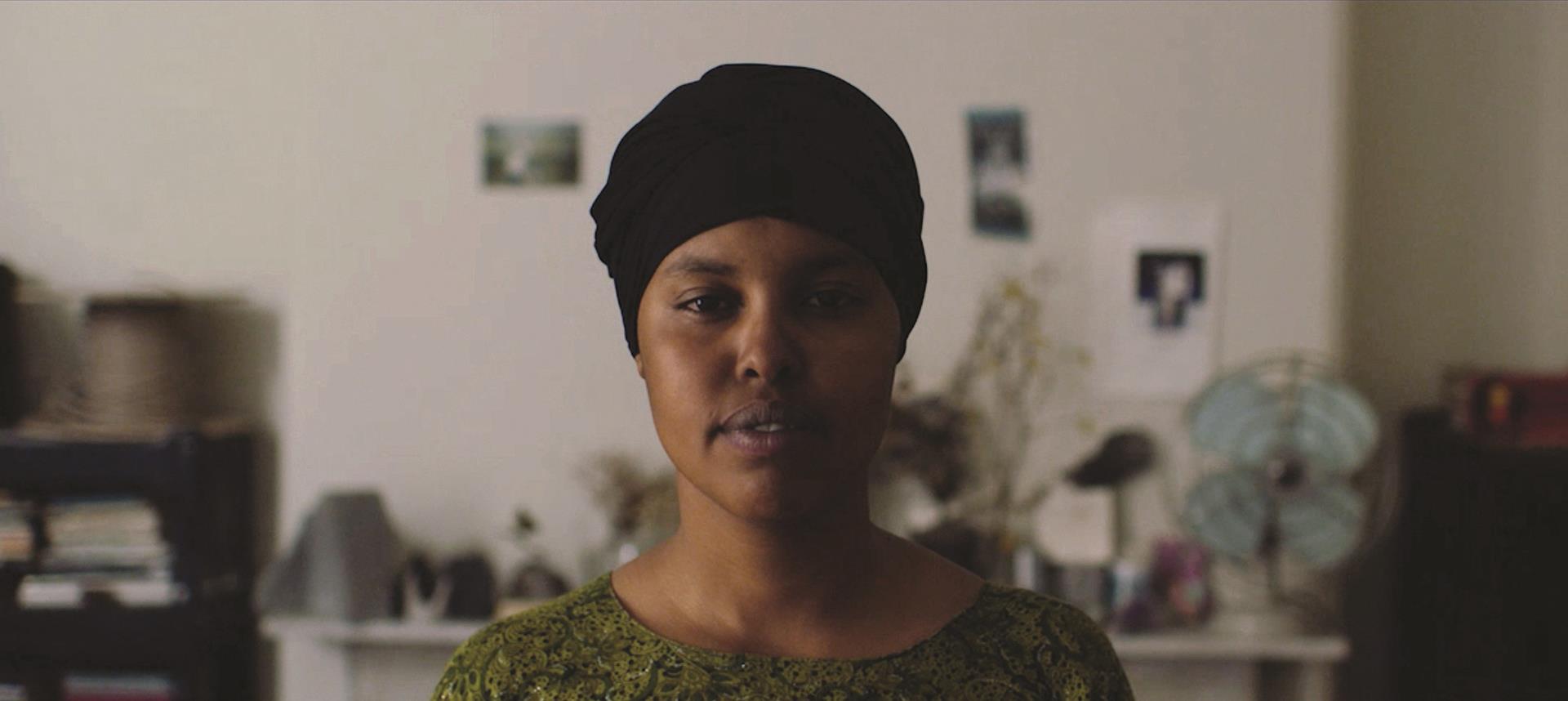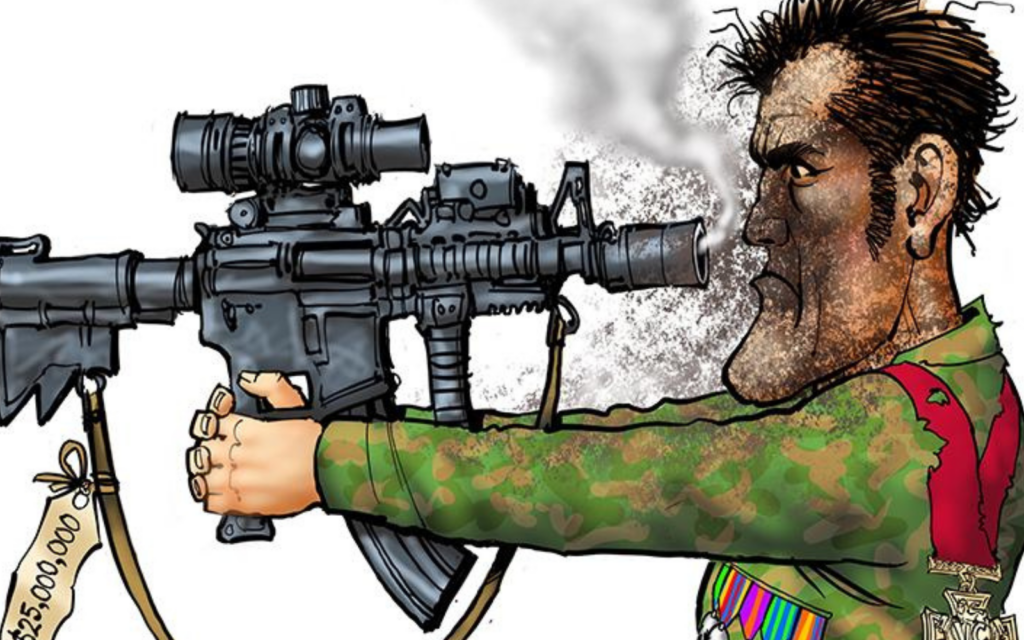“We felt there was a whole lot of noise about immigration detention and government policy on this issue and everyday there’s commentators saying something, but you didn’t really hear very much about what it was actually like to be in detention from the people who have to go through it,” Green says. “So the objective was really no more than that – to speak with people who were in detention and work with them to create stories about what their experience has been like.”
Green has spent a lot of time over the last three years getting to know people who’ve experienced offshore detention and helping to share their stories via the Behind the Wire website, exhibition, podcasts, videos and in the new book, They Cannot Take the Sky. Ensuring the narrators feel confidence and a sense of trust has always been high priority.
“We went really slowly and carefully thinking about what risks there might be for people and how we can mitigate those risks,” Green says. “Because the system is quite opaque, it’s hard to know [what the risks are]. There are some things we do know. If someone hasn’t yet had their refugee status determined and they go into detail in a story publicly about their claim for why they are seeking asylum, and then if they said something different to the department, then they could be judged as inconsistent witnesses to their own case.
“But then lots of people we spoke to already had had their refugee claim [approved]. And we spoke to people who had different kinds of immigration status, ranging from citizens through to people who were still in detention. It involved thinking really carefully about each person we worked with and some other risks they could face.”
Beyond the legal risks, there are inevitably things the Behind the Wire narrators don’t immediately feel comfortable talking about regarding their life journeys and experiences in detention. Green and co. have also been careful not to exploit people when trying to get such revealing, emotional stories from them.
“The key thing to do was make sure the narrators were in control of that story,” he says. “We set up a process of doing interviews in such a way that they would be able to take it where they wanted, or if we started talking about something they didn’t want to talk about they could change it. And also as we worked on editing the stories [we made sure] that they would be in control of that process as well. So if someone didn’t want to talk about something then they didn’t talk about and it’s not in their stories.
“Because it was such a slow and careful process, you end up with these really deep and complex stories that go to places people wouldn’t necessarily expect, but always in a way that the person who’s telling the story is happy with it.”
The Human Rights Arts and Film Festival event will feature audio, video and live storytelling, plus a conversation between Green, two Behind the Wire narrators and The Age journalist Bhakthi Puvanenthiran.
“Aran Mylvaganam’s a Tamil guy who’s got his story in the book and some videos that we’ll show on the day of him. He also was part of a committee that designed the exhibition we made. Taqi Alizada’s family is from Afghanistan and he was living in Pakistan and fled from there as a teenager and now he’s living in Dandenong and his story’s in the book.
“So it’ll be me and those two guys on the panel with Bhakthi and we’re going to have a chat about what it was like for them to be part of the project. Then I’ll have a talk about the podcast that I’m in [Abdul Aziz Muhamat] on Manus [Island]. And then we’re going to have some questions from the audience.”
By Augustus Welby







